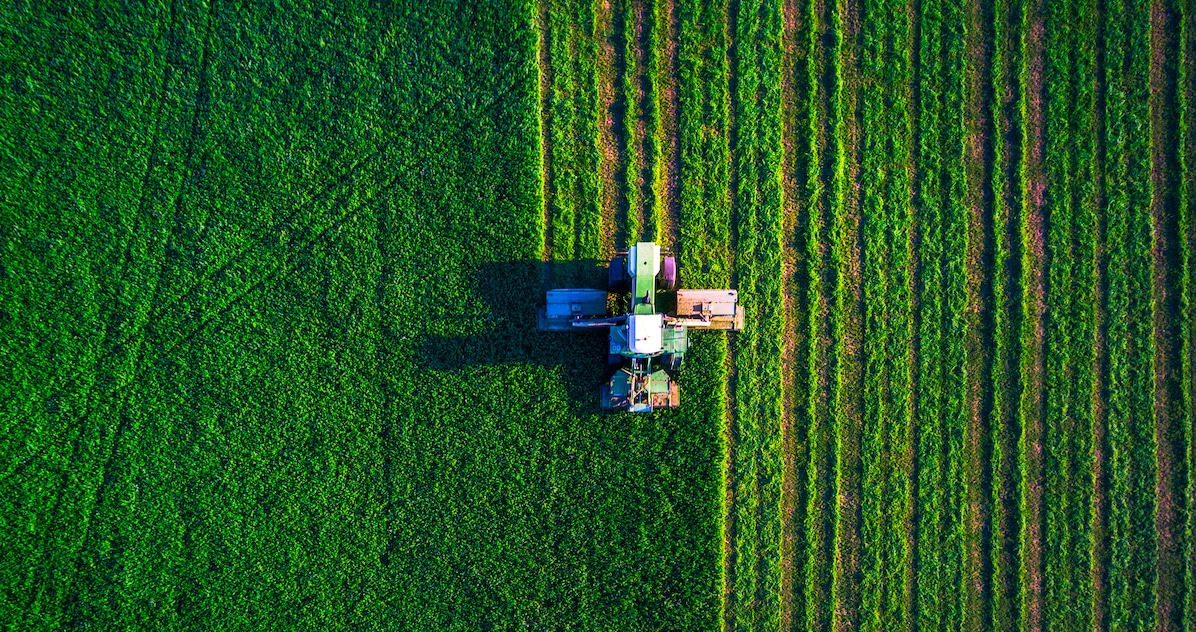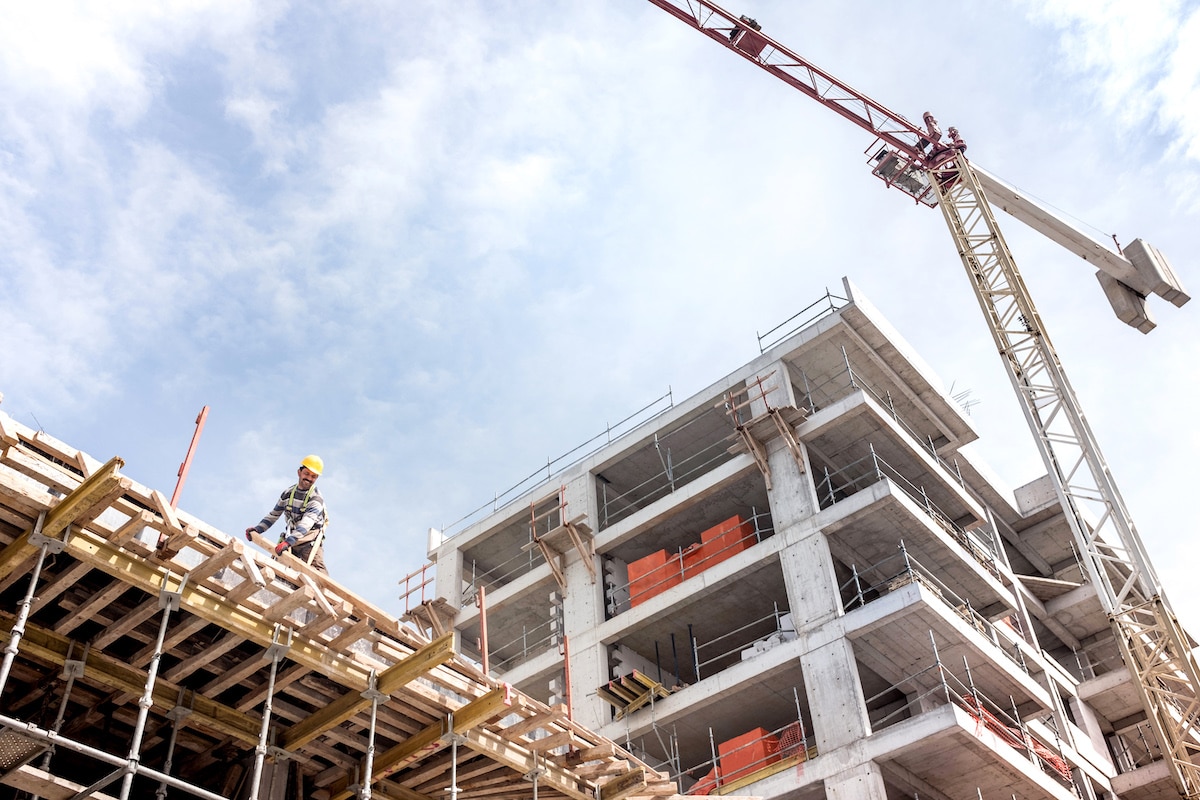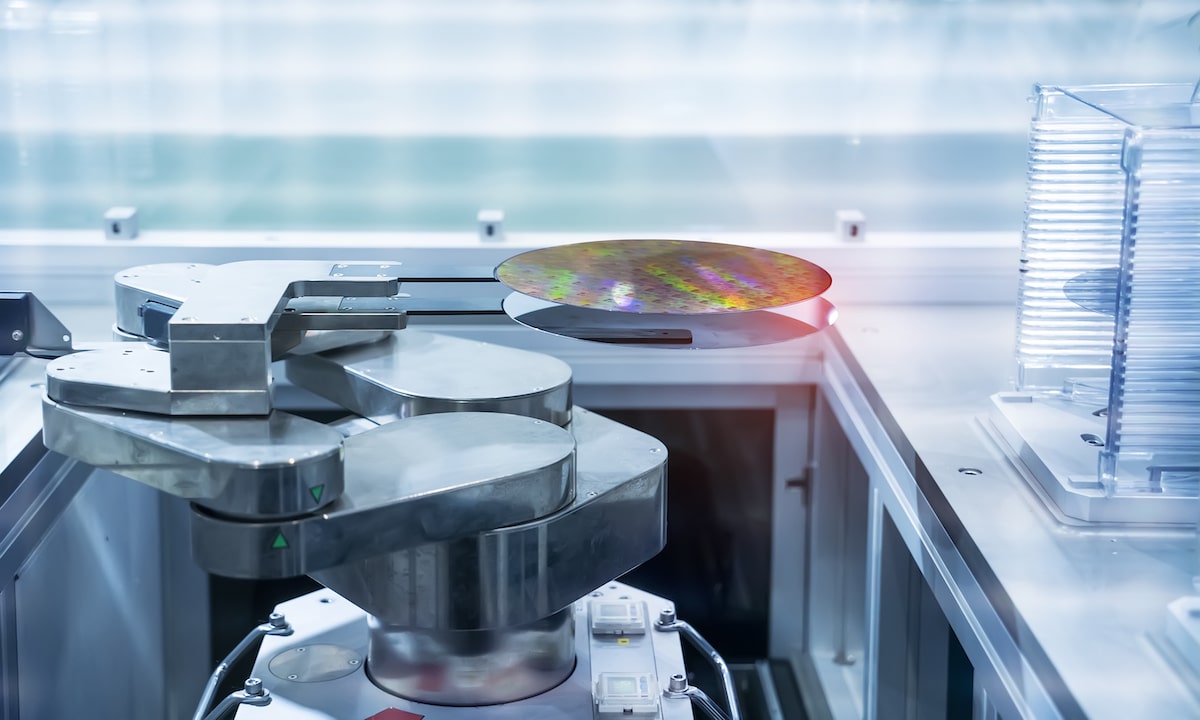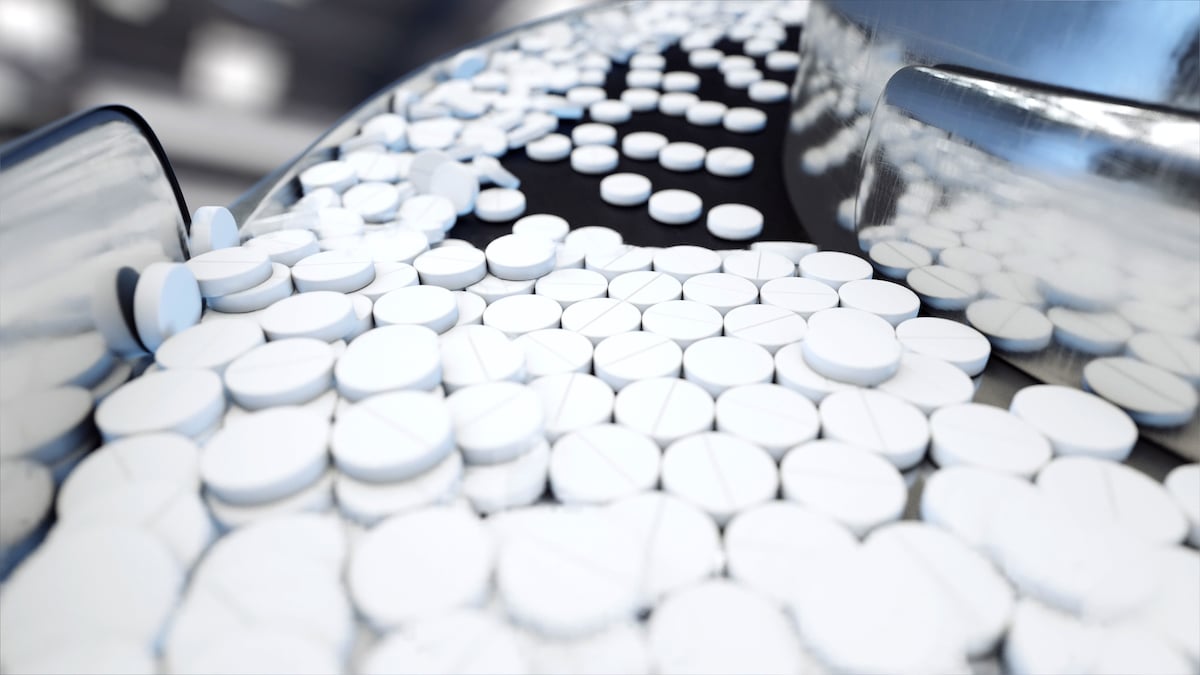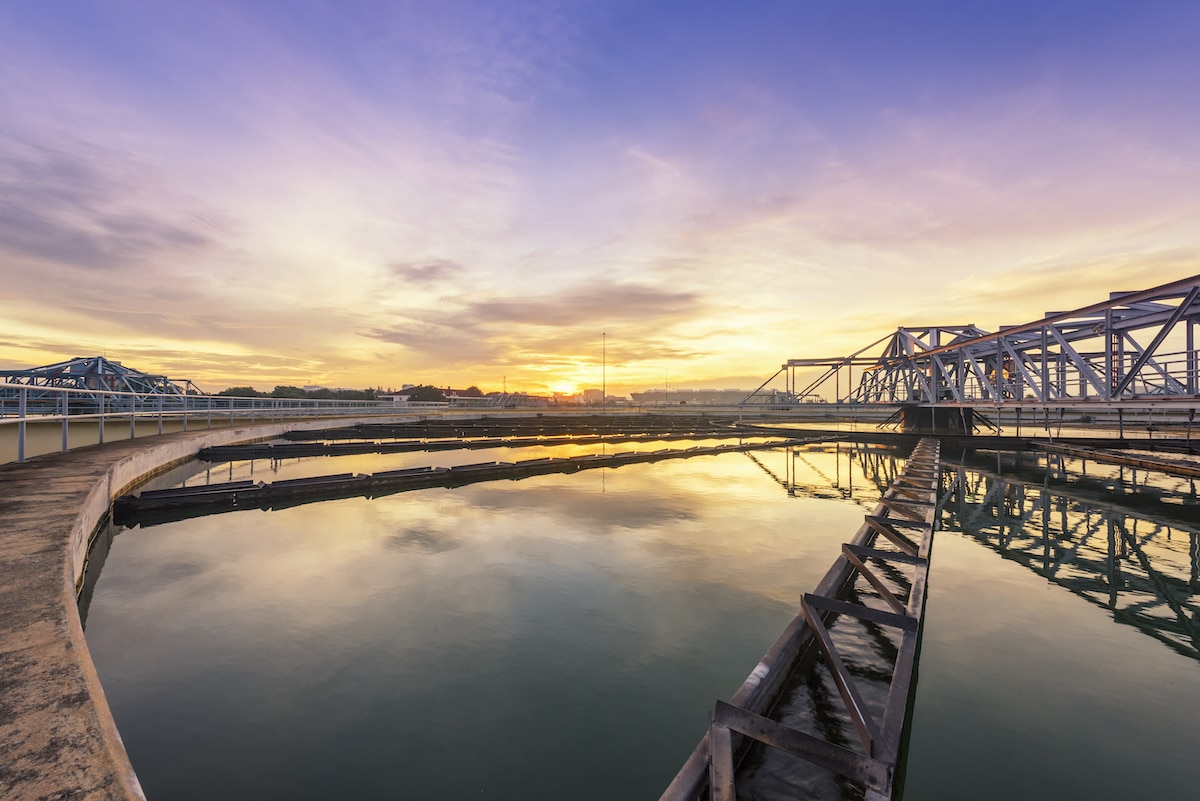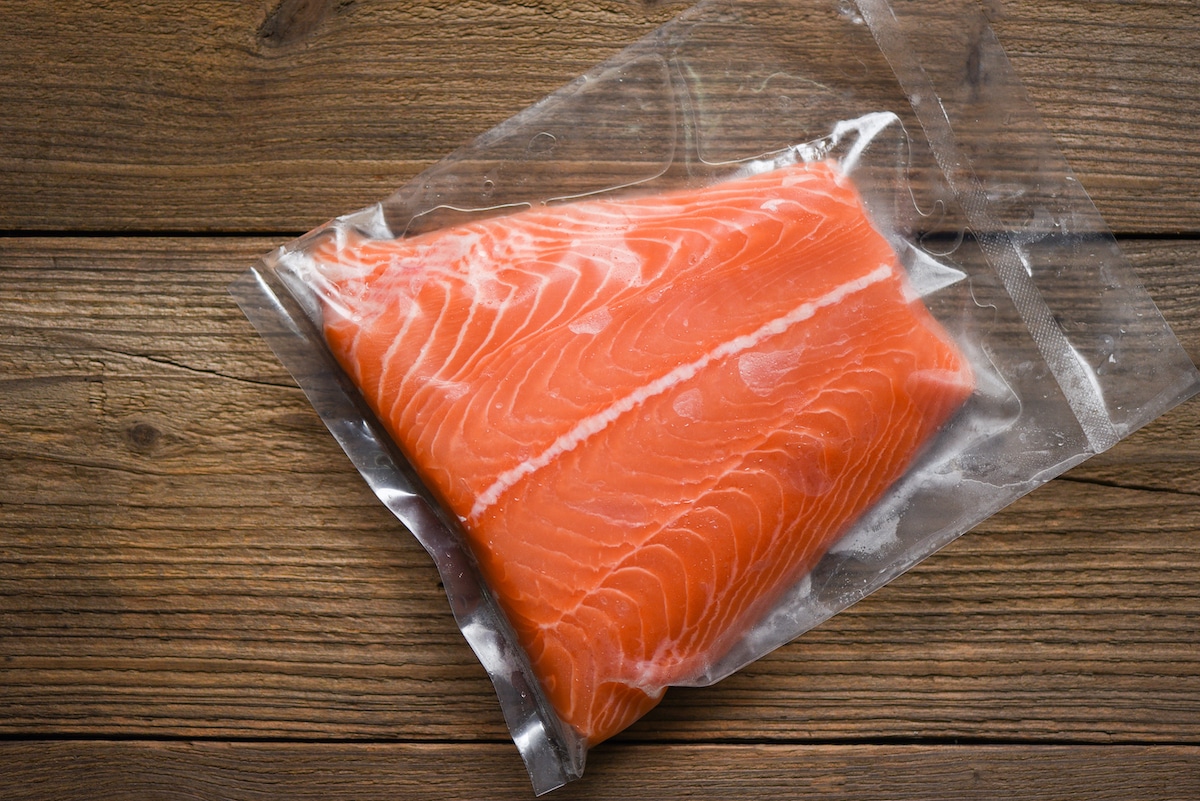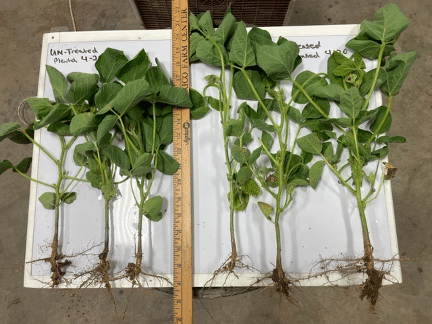As the growing season progressed into June and July, prolonged dry conditions caused by limited rainfall and extreme heat were top of mind for most of the Supplement Your Soybeans participants.
Brady Holst of Augusta, Illinois, faced the most extreme conditions of the trial participants as his area remained in a severe drought into early August. His farm received only 2.27 inches of rainfall for the entire month of June, well below the monthly average of 5.7 inches for his area, and that was followed by a scorching July.
In Carrollton, Missouri, Marc Kaiser also endured severe drought conditions on his farm. However, he was still feeling optimistic about his soybean crop. “It’s a combination of no rain plus the heat coming in that’s the worry,” he said. “I’m a little concerned right now, but soybeans are usually pretty resilient. If we can just catch some rains, we’ll be in a better place with them.”
Ryan Reimers in Defiance, Iowa, and Brian Ray in East Prairie, Missouri, fared a bit better on the weather front, but still experienced abnormally dry conditions, with drought levels in their respective counties hovering at the moderate level. Meanwhile, Patrick Riley’s farm in Utica, Kentucky, didn’t receive a drop of rain in late May or early June, but by early August the floodgates opened with ample rainfall.
AMS-treated soybeans show improved growth and health
While some farmers were concerned that the drought was hindering the progress of their ammonium sulfate (AMS) treated fields, others felt that AMS was a key to mitigating plant stress from the drought.
Brian Ray, for one, noted that the AMS-treated soybeans were taller and healthier than the untreated soybeans in his trial field. “The AMS-treated are probably 8 to 10 inches taller and are a darker green than the untreated soybeans. When we pulled plants, the treated plants were quite a bit bigger and had more nodes.” Ray said. “It is looking really good, and I think it’s the ammonium sulfate that is helping the treated soybeans come through the drought period a whole lot better.”
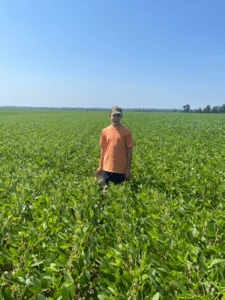
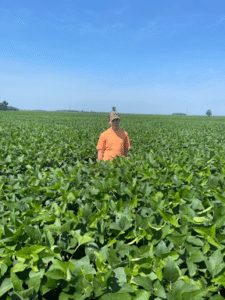
Brian Ray’s trial field. Left photo is 20 feet into the untreated section. Right photo is 20 feet into the AMS-treated section of the field. The AMS-treated soybeans are taller and greener than the untreated soybeans.
Patrick Riley also observed visible differences between his AMS-treated and untreated soybeans. The canopy closed quicker in the AMS-treated soybeans. The treated soybeans also had larger stems, more root mass and more above-ground biomass in the field than the untreated soybeans.
Patrick Riley’s soybean plants on June 20. Untreated on the left, AMS-treated on the right.
While Ryan Reimers also observed some differences between his AMS-treated and untreated soybeans, he wasn’t sure if it could be fully attributed to the AMS application. “There is at least one area where we have a really defined split. It seems like the area with the AMS has more biomass and seems to be a little more consistent while the area without any AMS applied seems to be a little more scattered,” he said. “I’m not entirely sure if it’s just the AMS, but it could be partially residue too.”
Holst and Kaiser, on the other hand, have not observed any noticeable differences between their treated and untreated soybeans in their respective AMS trial fields. “Just by looks, there’s not a lot of difference as far as the height and healthiness of the soybeans,” Kaiser said. “I think all of our soybeans have been at a disadvantage, but we’re always looking to end the season on a high note.”
Waiting on the August rains
While dry conditions persist, the Supplement Your Soybeans participants remain optimistic about their AMS field trials heading into the second half of August.
With pivot irrigation available on his trial field, Ray remains confident heading into the home stretch of the growing season.
“Whether it rains or not, I believe we are still going to see an increase in our AMS-applied area just for the fact that the beans look healthier,” Ray said. “They’re shaped better and will probably utilize the water that is available to them a whole lot better than the unapplied.”
On the other end of the spectrum, Reimers and most of the other Supplement Your Soybeans farmers were counting on rain during the critical yield development time frame in August to help them meet their yield goals.
“If we can catch some rains, there’s a lot of time in August for making soybean yields,” Reimers said. “If that happens, I feel like we’ll be in a pretty good spot and have some pretty good yield potential.”

